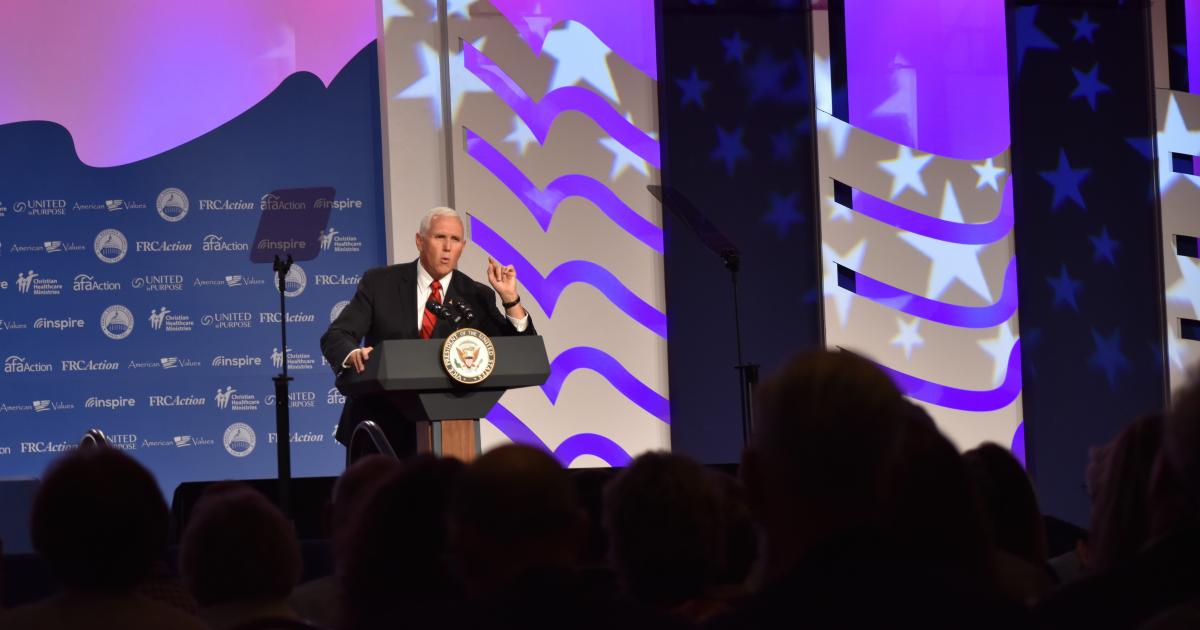

Christian fundamentalists are an aging part of the voting population, and their influence is waning.

By Rob Boston
Senior Adviser/Editor
Church & State
Americans United for Separation of Church and State
The 2016 presidential election was very close, with Donald Trump picking up an Electoral College win by narrowly prevailing in a handful of key states (and losing the popular vote by a margin of three million).
In an election that tight, any segment of the Republican Party’s base can claim to have provided the votes that put Trump over the top. That’s certainly the case with the Religious Right. Eighty-one percent of white evangelicals voted for Trump, and he has been busy ever since working to repay them.
Some analysts, though, believe this might be the Religious Right’s last hurrah. Far-right, Christian fundamentalists, this school of thought holds, are an aging part of the voting population, and their influence is waning.
Nina Burleigh of Newsweek explored this issue in a recent story. Burleigh marshals a lot of evidence to support the view that the Religious Right is losing power. Her article is well written, well researched and worth your time.
But even though the article provided me with a lot of food for thought, I remain skeptical that the Religious Right is on the ropes. One reason I feel this way is that I’ve been hearing that claim for a long time. The Religious Right was supposedly finished off by Bill Clinton’s election in 1992. Similar claims were made at the end of the George W. Bush presidency and during Barack Obama’s two terms. Somehow, the movement always manages, Dracula-like, to rise again.
There’s no doubt that demographic data does show some interesting things underway in the United States. Racial diversity is growing, and, at the same time, more and more Americans are experiencing religion and spirituality outside the confines of houses of worship. Polls show that the latter trend is being driven by young people.
But here’s the thing about young people: They don’t stay that way. As they age, a certain percentage of them return to houses of worship, and at least some of those houses of worship promote conservative forms of theology and politics.
Ed Stetzer, executive director of the Billy Graham Center at Wheaton College, an evangelical school in Illinois, argues that enough young people will return to religion (and some to conservative politics) as they age to give the Religious Right new blood. .
“The 18- to 29-year-olds are really secular now,” Stetzer told Newsweek. “But what we find is that people grow in their religiosity. So the 60-year-olds of today are kind of as religious as the 60-year-olds in the 1970s.”
But other analysts argue that Trump is such a divisive figure he’s dragging the Religious Right’s brand down with him.
Robert P. Jones, author of the recent book The End of White Christian Americaand CEO of the Public Religion Research Institute, falls into this camp. Jones told Newsweek, “[I]n many ways, this shotgun marriage between Trump and white evangelicals happened under some duress and is a desperate bargain that you make at the end of life. That is what we’re really seeing here.”
Time will tell what will happen. The irony is, the Religious Right, while it makes up a significant portion of the GOP base, doesn’t speak for the majority of Americans. As a political movement, it could be finished off tomorrow if more Americans went to the polls.
In 2016, about 58 percent of eligible voters turned out to vote. A lot of Americans are still sitting home on Election Day. This creates a power vacuum that the Religious Right is more than happy to fill.
If you really want the American people to reject the divisive and mean-spirited agenda of Religious Right groups, don’t just sit around and hope that current trends make that happen. Get involved in the fight to defeat them.
Originally published by Americans United for Separation of Church and State, 12.26.2018.
